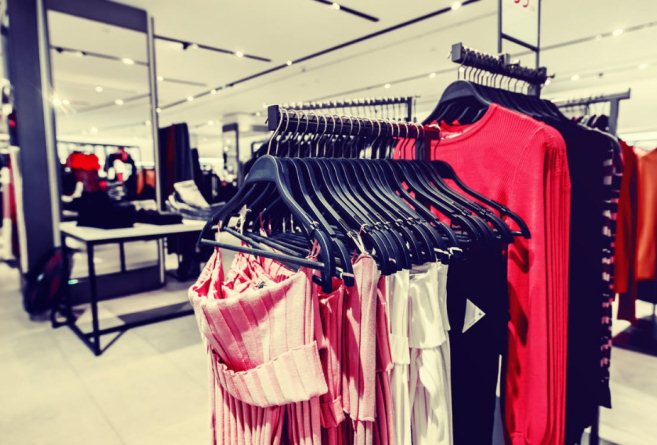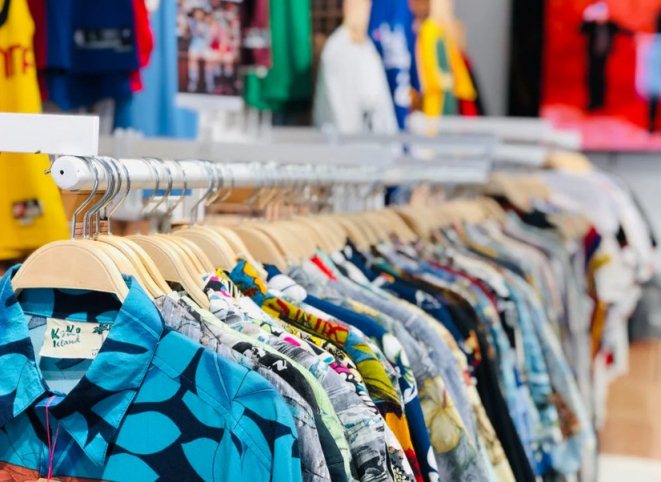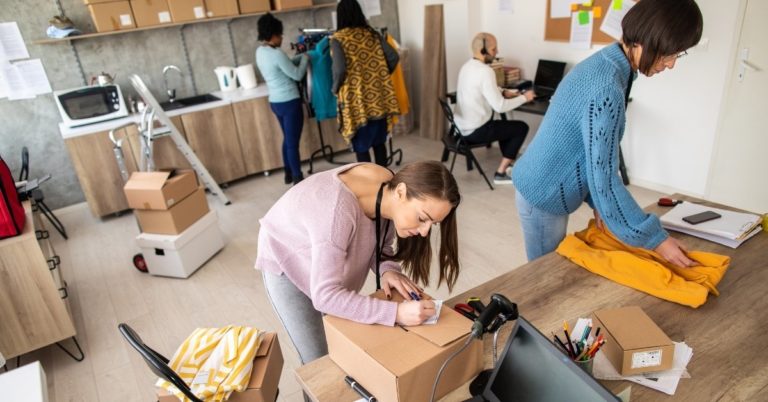How Much Does It Cost to Start a Clothing Line?
Achieving success with a clothing line requires a combination of knowledge and skills to understand different business scenarios and make sound decisions. Starting an apparel business isn’t as easy as you think. There’s a lot that goes into making your enterprise profitable. If you don’t carefully analyze costs and cut down on unnecessary expenditures, you’ll lose money from a poor revenue-to-expenses ratio. Therefore, it’s a must to get to grips with the different facets of your business in order to make a decent profit margin.
Being a business owner is not a regular day job where you get to work during standard office hours. It’s actually more flexible in terms of time management, but its success will depend on how you create a solid foundation for it. One question that might still echo in your mind is, how much does it cost to start a clothing line? We’ll provide the cost analysis down below. Mind you, this act of disintegrating a cost summary is data-driven, so you can forecast when to break even since it’s free of personal biases.
Starting a Small Clothing Line – Let’s break down the cost.
A. Material

The production costs of shirts are usually lower than their retail prices. For example, if you come across a shirt priced at $15 at a retail store, the original price before all the additional fees is likely around $3. We’re focusing on shirts today because they’re one of the most popular types of apparel. Comparing them to jumpsuits and other baggy clothes is unfair because they require more fabric to make, which leads to higher prices. For shirts, the color and manufacturer play a significant role. White shirts are cheaper than ones with a good mix of colors.
The same applies to the type of fabric used. Some fabrics cost less than $20 per yard, while others cost well over $60. Furthermore, the supplier of the fabric needs to be factored in to the calculation since retailers sell fabrics at varying prices. Cotton is one of the most common choices for shirts. This material costs $10 to $20 per yard. Meanwhile, silk is quite expensive, but it’s consistent with the grade. Some variants are still in the $60–$80 range. Other alternatives available for shirts include linen, flannel, and polyester, all of which have their own price tags. By the way, if you do everything from scratch, then you’ll need to buy additional supplies like scissors, thread, grommets, measuring tapes, velcro, hangers, shelves, racks, etc. All this can easily add upwards of $700 to the total cost.
Read Also: What You Need To Know Before Starting A Business?
B. Design/pattern
There’s no fixed price for a design. The amount you pay will come down to how you obtain it. You can outsource a graphic designer to make you a design. Or alternatively, you can also run a contest on a website like 99designs. Follow the guidance on starting a contest and how to pick a prize amount, invite designers, and select a winner. There are quite a few platforms that allow users to conduct contests. This is a good way to get fresh ideas for your clothing design. How much would you pay in the end? It depends on the complexity of the design, although it’s reasonable to spend a few hundred bucks on one design.
C. Sample/fitting
Pricing is also flexible for sample development. There are several factors at play, but the most prominent one is the machinist’s expertise, because it affects the hourly rate. The longer it takes to finish a sample, the more you’ll pay. Rates vary from $12 to over $50. Let’s say the median price is $25. Just multiply the rate by the hours worked to get a rough estimate. It could be higher because, as stated before, there are other factors that account for the assessment.
Read Also: Business Ideas for Young Ladies
D. Final product

We’ve gone over the estimated price of the final product. We focus on shirts today because fashion is broad and complex, which encompasses so many different items. Their production costs vary significantly. We pick shirts because they are in demand and will never go out of style. Hence, it makes sense to create an analysis of this cloth garment. The cost of one shirt is about $3, but gets more expensive as it hits the store (probably $15 or up). It’s because the retailer, wholesaler, and other distributors add shipping fees and markups.
E. Marketing/sales channel
One of the most expensive aspects of growing a fashion business is marketing.As the owner, you are responsible for determining the amount for promotion.A: $1,000 is a realistic figure, but it will skyrocket to over $5,000 if you commit to an expansive campaign that utilizes various channels. Besides, you’ll also need to build an e-commerce site for the brand to make your business more professional. Other possible expenses include a photo shoot and a launch party.
Read Also: Best Business Ideas for Women from Home
F. Packaging

As for packaging, please consider the number of boxes or mailers you’d buy to ship your shirts. It’s okay to stock up on packages if you’re sure you will use them all up. A bundle of 100 is a good starting point. You can order more as your store generates more sales. For a package comprising 100 pieces, you might pay approximately $20. It could be higher for a custom design. The size of the mailer also plays a factor. So if you want to ship with boxes, the cost will soar because they’re costlier to use more material. When it comes to presentation, boxes are truly exceptional. They are suitable for luxury items or companies that want to spoil their customers with premium treatment.
G. Miscellaneous
All other expenses that contribute to the production costs belong here. Each business can have a range of expenses that they encounter during the making and promotion of a product. All in all, the total investment of starting a clothing line is influenced by its scale. A small-sized line can start with a capital of $500. It’s attainable if you produce only a couple of items for a small number of customers. It’s also possible with a print-on-demand strategy. For a medium-sized one, the startup costs can go up to $5,000. If you want to go the extra mile with a brick-and-mortar store and other fancy elements, the initial cost would start at around $30,000.



![10 Best Business Ideas for Women from Home [2022]](https://www.actionasempowerment.com/wp-content/uploads/2022/06/home-based-business-768x512.jpg)


